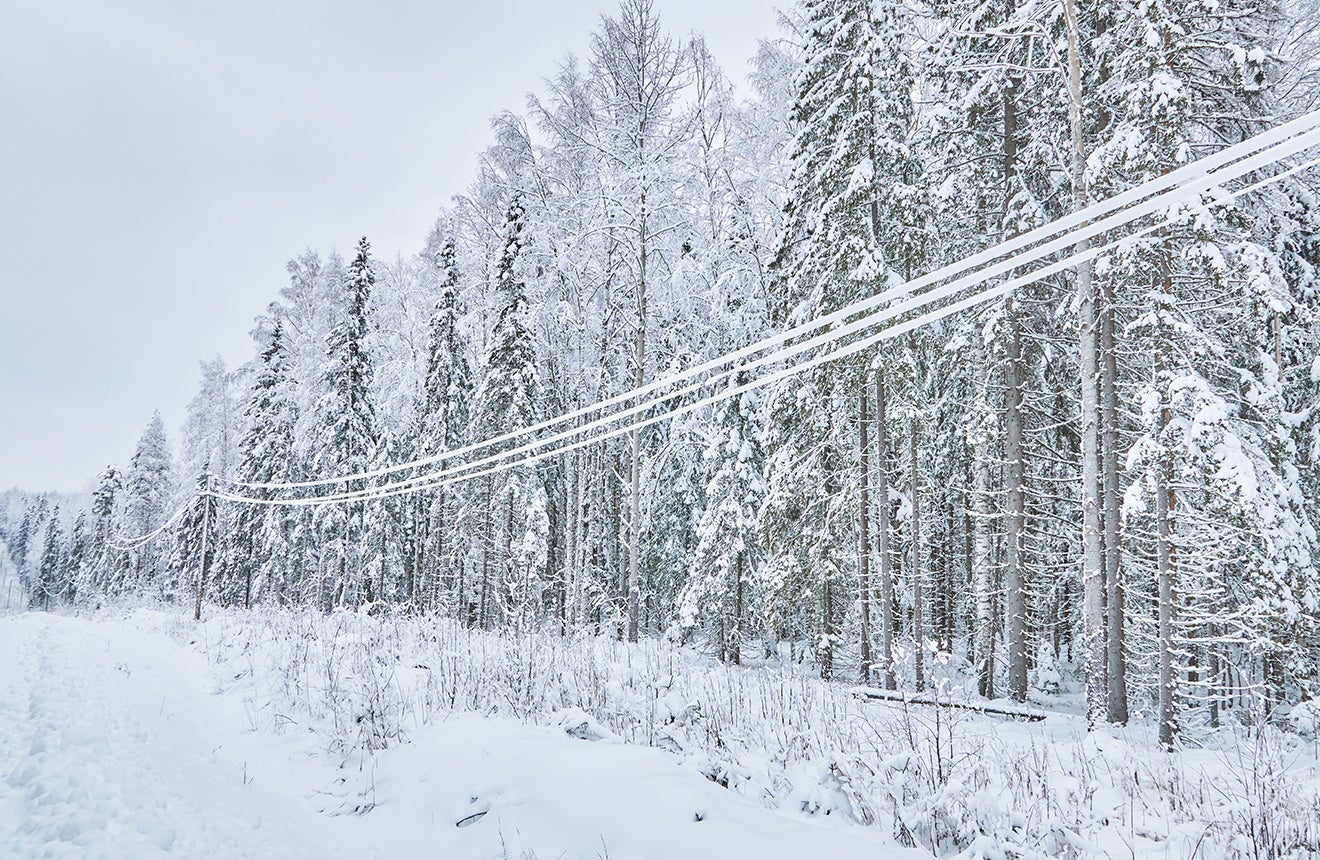Power outage preparation
Winter can be a beautiful time of the year with white snow and sparkling ice, but that same winter weather can also wreak havoc on communities. It can cause roads to be treacherous, schools to be closed, and sometimes your power to go out. Are you prepared for what winter weather can bring?
Mike Mead, manager of safety says, “Heavy snow and accumulating ice can easily bring tree limbs down onto power lines, cutting off power to homes and businesses. Making plans now for a potential power outage can make riding out a prolonged power outage safer and more comfortable.”
Some steps to help keep your family safe and comfortable during a winter storm need to happen long before a storm is forecast. A good way to start your planning is to put an emergency kit together. Safe Electricity offers the following list of items to help you prepare your kit:
- Water – stock up on bottled water
- Food – have at least enough for three days that includes nonperishable packaged or canned foods, juices, foods for infants or the elderly, and snack foods
- Utensils – include a non-electric can opener, cooking tools, paper plates, and plastic utensils
- Blankets, pillows, and warm clothing items
- First-aid kit, medicine, and prescription drugs
- Toiletries, hygiene items, moist towelettes
- Flashlight and extra batteries
- Radio and clock – use battery-operated radios and clocks; also consider purchasing a National Oceanic and Atmospheric Administration (NOAA) weather radio
- Telephone – keep cellphone chargers (wall, car, and/or solar) on hand and, if you have a landline, a traditional (not cordless) telephone set
- Emergency numbers – keep a list of emergency telephone numbers, including CCEC
- Cash and credit cards
- Important documents
- Tools – keep a set in your kit; can include duct tape, screwdrivers, pliers, safety goggles, etc.
- Toys, books, and games
- Pet-care items
- Supplies for alternate heating methods you may have, such as a fireplace or wood-burning stove
Other tasks that can be completed well in advance of a storm are to have the power company or a tree-trimming professional remove limbs that could fall on power lines if they become covered in ice or snow, to insulate your home by installing storm windows or plastic covering on windows, to caulk cracks in your home, and to make sure your heating system is in proper working order.
If your power goes out due to a winter storm, you might be in for a prolonged power outage as crews work through the harsh weather to get your power back on. If you find yourself in this situation, make sure you contact CCEC as soon as you can so we know you have lost power. Other actions you can take to stay safe and comfortable are:
- Stay inside and dress warm in layered clothing.
- Close off unneeded rooms.
- When using an alternative heat source, follow operating instructions, use fire safeguards, and be sure to properly ventilate. Always keep a multipurpose, dry-chemical fire extinguisher nearby and know how to use it.
- Place a rolled-up rug or heavy towel in front of the bottom of doors to minimize any cold drafts from entering the house.
- Cover windows at night.
- Keep a close eye on the temperature in your home.
- Infants and people over the age of 65 are more susceptible to the cold. You may want to stay with friends or relatives or go to a shelter if you cannot keep your home warm.
To report and view outage status, download the Cass County Electric mobile app.

